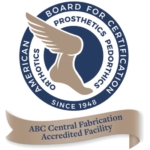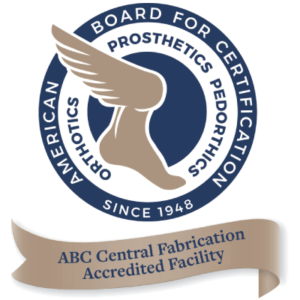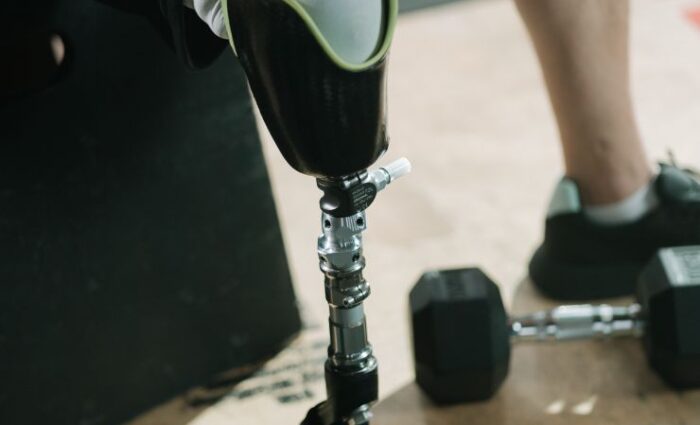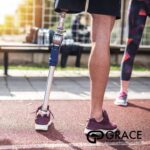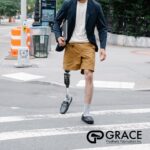The Role of Custom Prosthetics in Modern Rehabilitation
Limb loss profoundly impacts physical function, emotional well-being, and independence. For patients navigating this journey, custom prosthetics offer a transformative solution. Unlike generic devices, custom prosthetics are engineered to align with the unique anatomy, lifestyle, and goals of each individual. By prioritizing precision in prosthetic fabrication and design, practitioners empower patients to reclaim their mobility, confidence, and quality of life.
Understanding the Importance of Personalization
Every residual limb is distinct, and shaped by factors like muscle tone, tissue composition, and surgical outcomes. Off-the-shelf prosthetic limbs often fail to address these nuances, leading to discomfort, skin irritation, or limited functionality. Custom prosthetics, however, are crafted through a meticulous process that begins with a detailed assessment of the residual limb.
Advanced tools like 3D scanning and digital modeling allow practitioners to capture exact contours, ensuring the prosthetic device fits securely without compromising circulation or causing pressure points. This tailored approach not only enhances comfort but also reduces the risk of complications, such as sores or infections, which are common with ill-fitting devices.
The Prosthetic Fabrication Process: Precision in Action
Prosthetic fabrication is a collaborative effort between patients, medical professionals, and technicians. Here’s how it works:
- Assessment & Casting: The process starts with evaluating the residual limb’s shape, volume, and skin integrity. Traditional casting or 3D imaging creates a digital blueprint.
- Material Selection: Lightweight, durable materials like carbon fiber or silicone are chosen based on the patient’s activity level and anatomical needs.
- Design & Assembly: Prosthetic design integrates functional components (e.g., joints, sockets) while prioritizing ergonomics and aesthetics.
- Fitting & Testing: Patients test the device during dynamic movements, allowing practitioners to fine-tune alignment and weight distribution.
This iterative process ensures that patients receive a prosthetic limb optimized for their daily activities, whether walking, running, or returning to work.
Enhancing Mobility and Daily Function
Custom prosthetics are engineered to improve mobility at higher levels than standard options. For example, athletes benefit from energy-returning blades that mimic natural gait cycles, while elderly patients may prioritize stability for safer movement. By aligning the device’s mechanics with the user’s biomechanics, practitioners help patients:
- Walk with greater symmetry and reduced strain on joints.
- Engage in hobbies or occupational tasks without discomfort.
- Avoid secondary issues like back pain caused by compensatory movements.
Additionally, personalized socket designs minimize skin irritation, a common challenge for those with sensitive residual limbs. Breathable liners and adjustable suspension systems further enhance comfort, encouraging consistent use and long-term adherence.
Collaboration: The Heart of Orthotics and Prosthetics Success
Improving patient outcomes relies on teamwork. Orthotics and prosthetics (O&P) specialists collaborate closely with surgeons, physical therapists, and patients to align goals at every stage. For instance:
- Surgeons provide insight into surgical techniques that optimize residual limb shape.
- Physical therapists guide strengthening exercises to prepare patients for prosthetic use.
- Patients share feedback on comfort and functionality, driving iterative refinements.
This multidisciplinary approach ensures that patients are physically and emotionally prepared to use their prosthetic device effectively, fostering confidence and independence.
Long-Term Benefits: Beyond Immediate Mobility
The impact of custom prosthetics extends far beyond initial adaptation. Over the long term, well-fitted devices:
- Reduce the Risk of Complications: Proper alignment prevents joint degeneration and musculoskeletal imbalances.
- Promote Active Lifestyles: Enhanced mobility encourages patients to stay active, improving cardiovascular health and mental well-being.
- Adapt to Changing Needs: Modular designs allow for adjustments as patients gain strength, lose weight, or pursue new activities.
By investing in custom solutions, patients avoid the cycle of frequent replacements and adjustments associated with generic prosthetics, ultimately lowering healthcare costs and improving satisfaction.
Contact Grace Prosthetic Fabrication Today
At Grace Prosthetic Fabrication, we believe every patient deserves a prosthetic device that aligns with their unique journey. Our team combines cutting-edge prosthetic fabrication techniques with compassionate care to deliver solutions that restore independence and dignity.
Connect with our fabrication experts today.

